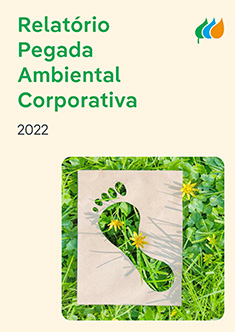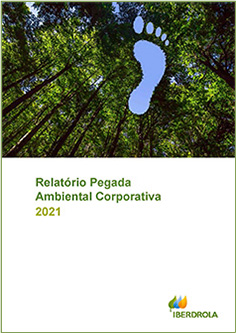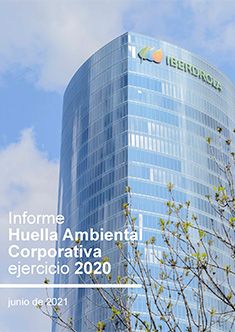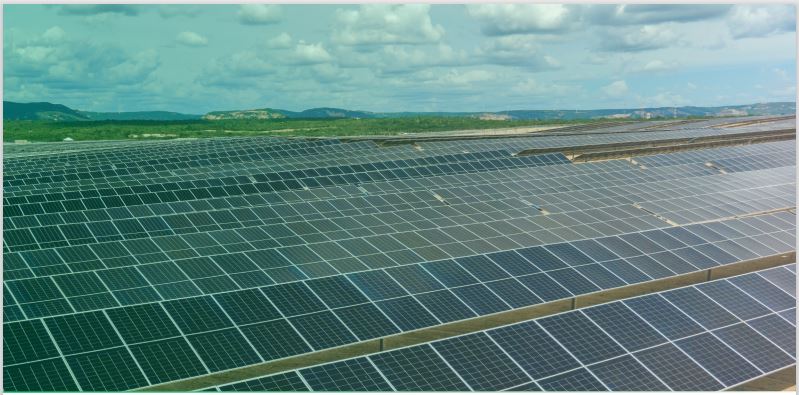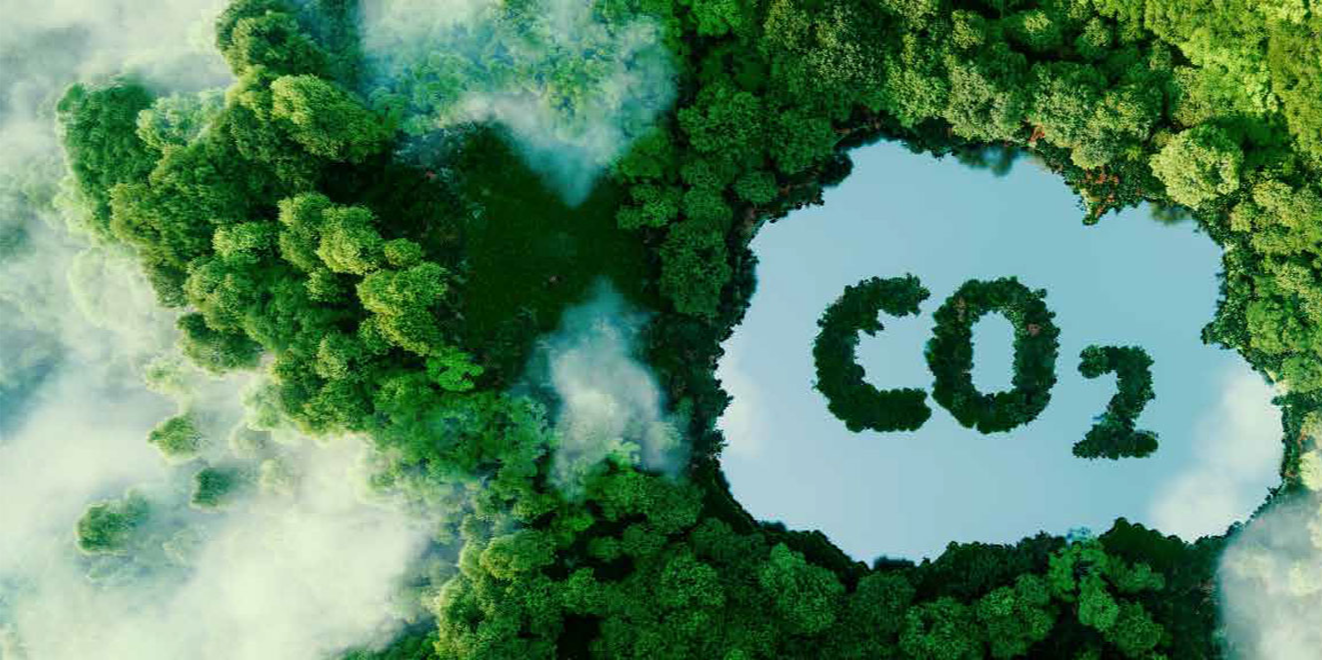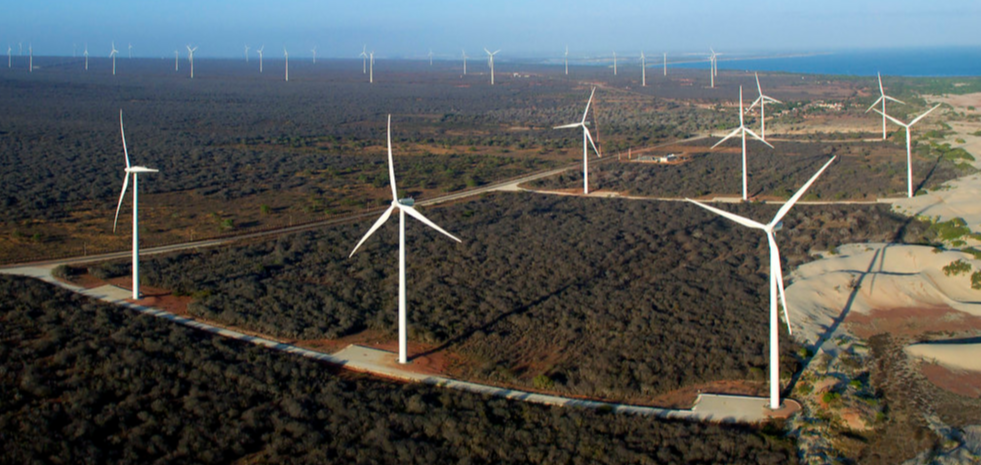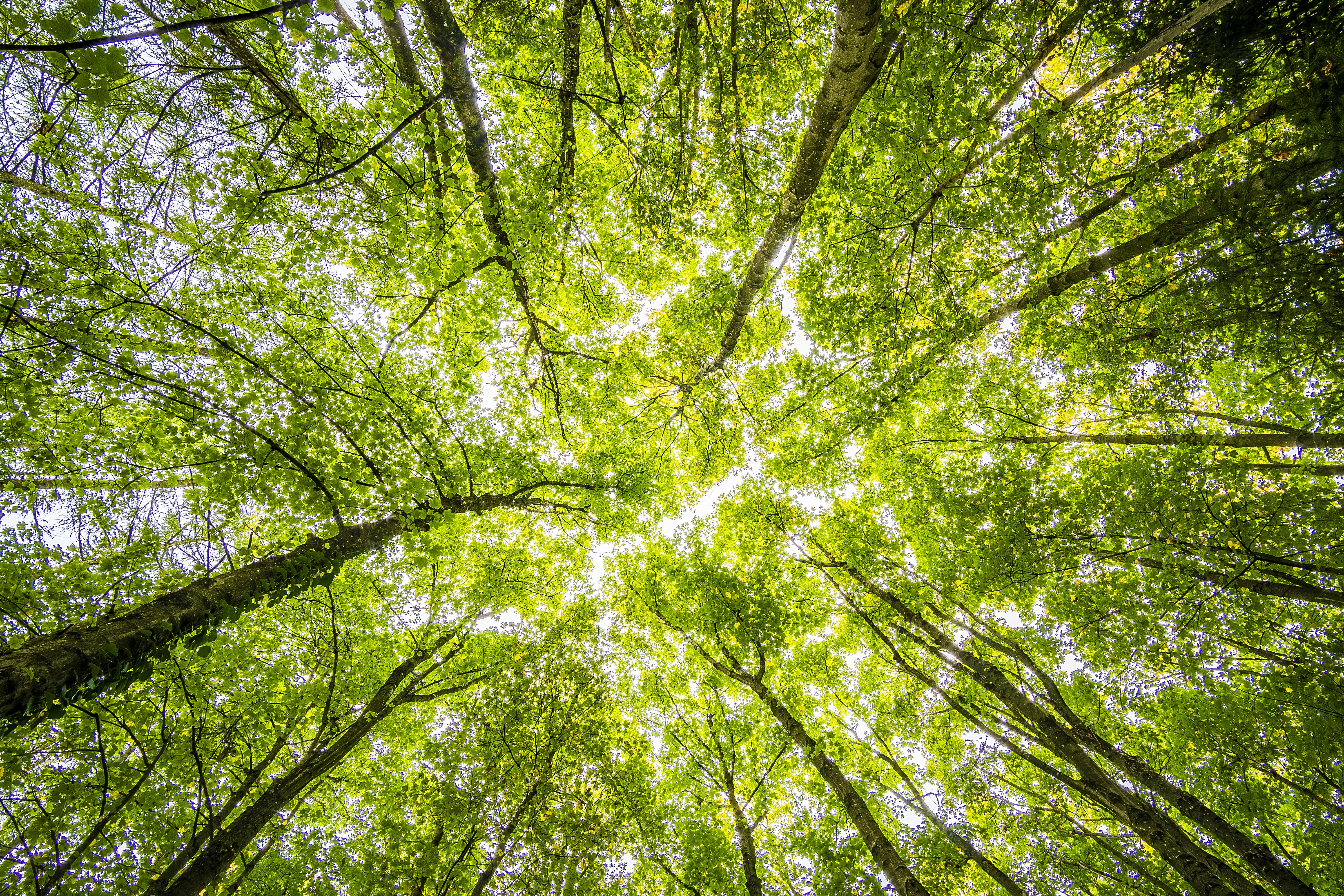
Environmental Practices
Neoenergia responds to environmental challenges and opportunities.
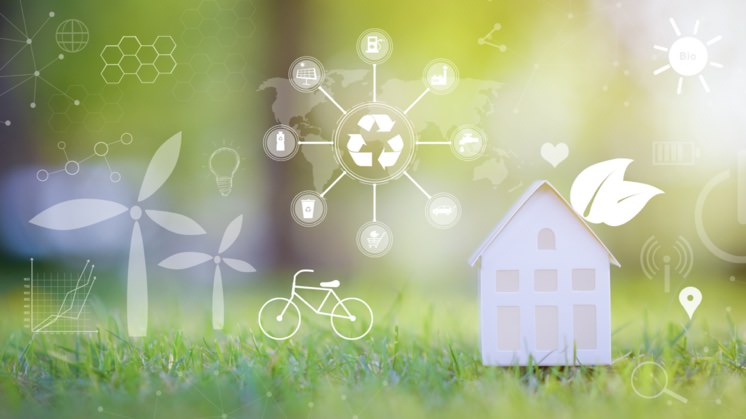
To achieve this last objective, we have an Environmental Management System that creates a common structure in environmental matters, allowing us to coordinate the various plans and measures, while respecting regional autonomy and the particularities of each location in which we operate. In keeping with our commitment to transparency, we publish various pieces of information about our environmental impact every year in order to assess the performance of our environmental management and implement improvements.
Transparency in environmental management
True to our commitment to transparency, every year we publish our Ecological Footprint, a summary of the Group's environmental performance. External and independent verification by AENOR certifies that we have calculated and identified all the environmental impacts derived from our activities in all the regions where we are present, with the aim of improving and reducing them.
The Corporate Environmental Footprint (CEF) is defined as a multi-criteria measure of the environmental performance of an organization that supplies goods or services, from the perspective of the entire life cycle, i.e. considering not only the direct impacts, but also the indirect impacts over which we have influence, for example through our suppliers. The general aim of a CAP is to try to reduce the environmental impact of the organization's activities.
The objectives of the Environmental Footprint are:
To know and objectively compare the effect of our activity on the different categories of environmental impact, to trace its cause, identifying the environmental aspects and the facilities/technologies/regions responsible, with the aim of being used as an additional element of information within the company's management system.
To have a single, homogeneous methodology throughout the Group in order to measure for improvement. Develop environmental impact reduction activities to increase operational efficiency and corporate reputation through transparency; drive innovation and internal and external benchmarking; and mitigate environmental risks.
Support the Group's commitment to transparency.
Through different certifications and verifications based on international standards, we demonstrate a solid Environmental Management System, driven by the premise of continuous improvement.
In order to reduce our carbon footprint as much as possible, which represents the total volume of greenhouse gases produced by human economic and daily activities, we annually prepare our greenhouse gas (GHG) inventory, built according to international standards such as the GHG (Protocol Corporate Accounting and Reporting Standard) and ISO 14064-1:2018.
The Inventory is part of a series of measures we are taking to combat climate change. We understand that everyone must make a commitment to this fight and, for this reason, our business strategy is geared towards accelerating the energy transition towards climate neutrality, offering a clean, reliable and intelligent business model. We see the climate agenda as an opportunity to expand our portfolio and, at the same time, we recognize the need to build climate resilience.
Check out the virtual emissions navigator, with data available from all Iberdrola Group companies and, below, Neoenergia's Greenhouse Gas Inventories.
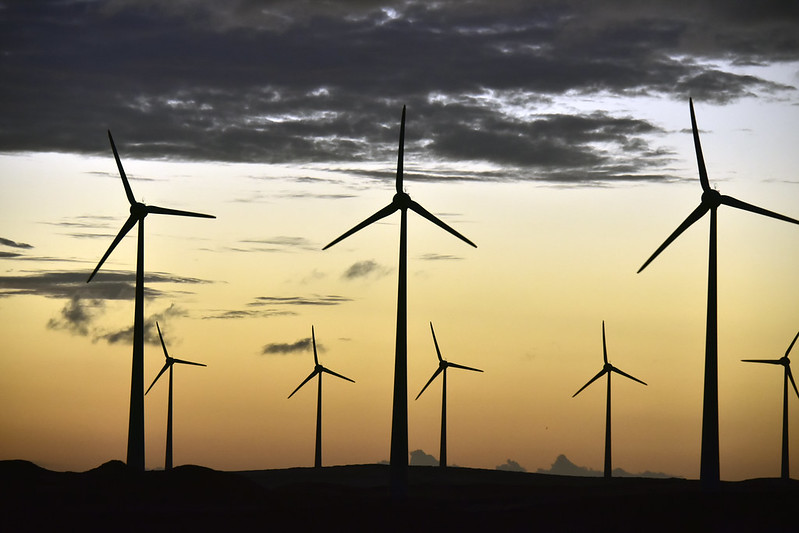
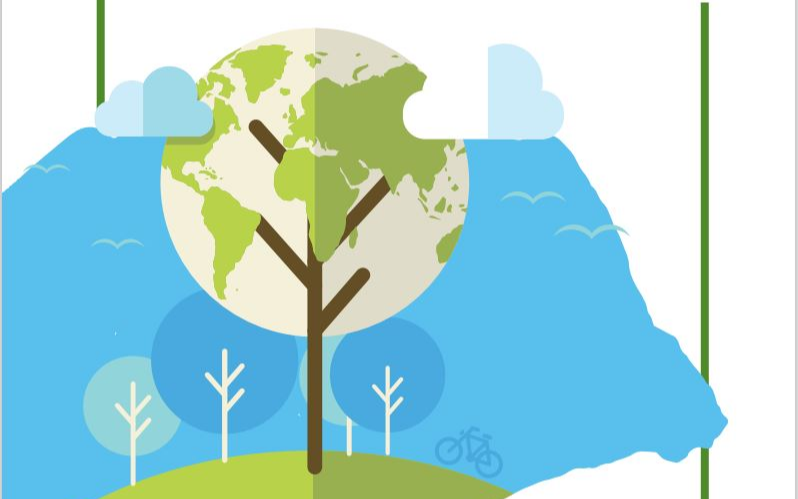
Principles of our environmental management
Our environmental strategy and management has been recognized in various national and international sustainability indexes. To move forward in this direction, we have the following principles of action:
Environmental Management System
Neoenergia's Environmental Management System is made up of the following elements:
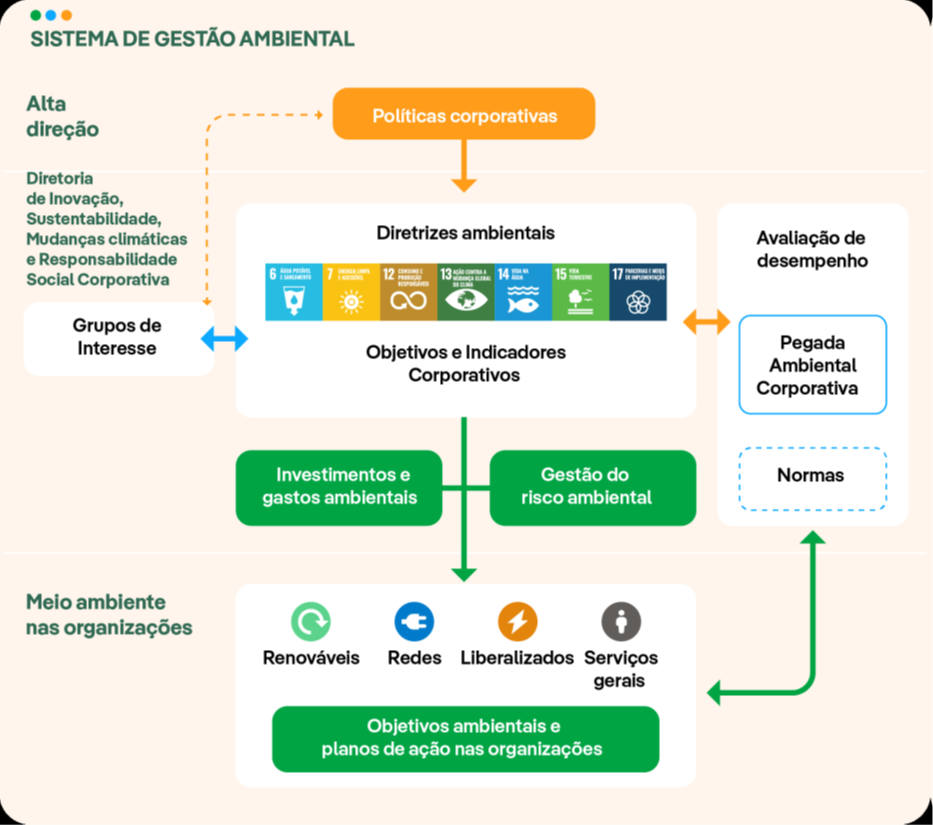
The Environmental Management System translates corporate environmental policies into environmental guidelines. These guidelines are implemented through environmental objectives and targets, including the assignment of responsibilities, resources and deadlines for implementation.
The environmental guidelines aligned with the SDGs define Neoenergia's strategic lines:
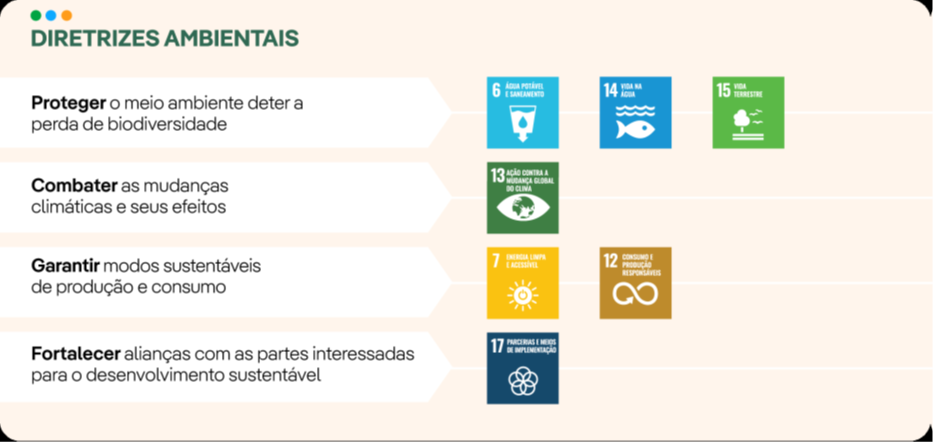
The management system encompasses very positive aspects, among which the following stand out:
Environmental organization
In order to comply with environmental policies, the Group has a Governance System that addresses environmental management in a decentralized manner.Towards a sustainable energy model
Greenhouse gas (GHG) emissions from human activity have made global warming the biggest environmental problem of the next decade. At Neoenergia we are committed to a clean, reliable and intelligent business model, while focusing our activity on providing affordable and renewable energy for all (SDG 7).Our environmental management is based on the principles of respect for the environment, dialog with stakeholders and a unique Environmental Management System, as well as transparency in the information published about the environmental impact of our projects.
A sustainable energy model must meet the following objectives:
"icon" Economic objective, which can be summarized as the need for a stable, secure and competitive energy supply (security and protection of supply).
"icon" Social objective, which focuses on access to the service for all people under affordable conditions (competitiveness and universality of the service).
"icon" Environmental objective, which translates into lower emissions and greater efficiency in the production and use of energy, as well as compliance with other environmental regulations.
To achieve this last objective, we have an Environmental Management System that creates a common structure in environmental matters, allowing us to coordinate the various plans and measures, while respecting regional autonomy and the particularities of each location in which we operate. In keeping with our commitment to transparency, we publish various pieces of information on our environmental impact every year in order to assess the performance of our environmental management and implement improvements.
Transparency in environmental management
"icon" Environmental footprint
True to our commitment to transparency, every year we publish our Ecological Footprint, a summary of the Group's environmental performance. External and independent verification by AENOR certifies that we have calculated and identified all the environmental impacts derived from our activities in all the regions where we are present, with the aim of improving and reducing them.
The Corporate Environmental Footprint (CEF) is defined as a multi-criteria measure of the environmental performance of an organization that supplies goods or services, from the perspective of the entire life cycle, i.e. considering not only the direct impacts, but also the indirect impacts over which we have influence, for example through our suppliers. The overall aim of a CAP is to try to reduce the environmental impact of the organization's activities.
The objectives of the Environmental Footprint are:
- To know and objectively compare the effect of our activity on the different categories of environmental impact, to trace its cause, identifying the environmental aspects and the facilities/technologies/regions responsible, with the aim of being used as an additional element of information within the company's management system.
- To have a single, homogeneous methodology throughout the Group in order to measure for improvement. Develop environmental impact reduction activities to increase operational efficiency and corporate reputation through transparency; drive innovation and internal and external benchmarking; and mitigate environmental risks.
- Support the Group's commitment to transparency.
"icone" Certifications and verifications
Through different certifications and verifications based on international standards, we demonstrate a solid Environmental Management System, driven by the premise of continuous improvement.
"icone" GHG inventory
In order to reduce our carbon footprint as much as possible, which represents the total volume of greenhouse gases produced by human economic and daily activities, we annually prepare our greenhouse gas (GHG) inventory, built according to international standards such as the GHG (Protocol Corporate Accounting and Reporting Standard) and ISO 14064-1:2018.
The Inventory is part of a series of measures we are taking to combat climate change. We understand that everyone must make a commitment to this fight and, for this reason, our business strategy is geared towards accelerating the energy transition towards climate neutrality, offering a clean, reliable and intelligent business model. We see the climate agenda as an opportunity to expand our portfolio and, at the same time, we recognize the need to build climate resilience.
Check out the virtual emissions navigator, with data available from all Iberdrola Group companies and, below, Neoenergia's Greenhouse Gas Inventories.
Principles of our environmental management
Our environmental strategy and management has been recognized in various national and international sustainability indexes. To move forward in this direction, we have the following operating principles:
Environmental Management System
The Group's Environmental Management System is made up of the following elements:
The Environmental Management System translates corporate environmental policies into environmental guidelines. These guidelines are implemented through environmental objectives and targets, including the assignment of responsibilities, resources and deadlines for implementation.
The environmental guidelines aligned with the SDGs define Neoenergia's strategic lines:
The management system encompasses very positive aspects, among which the following stand out:
Environmental organization
In order to comply with environmental policies, the Group has a Governance System that addresses environmental management in a decentralized manner.
Towards a sustainable energy model
Greenhouse gas (GHG) emissions from human activity have made global warming the biggest environmental problem of the next decade. At Neoenergia we are committed to a clean, reliable and intelligent business model, while focusing our activity on providing affordable and renewable energy for all (SDG 7).
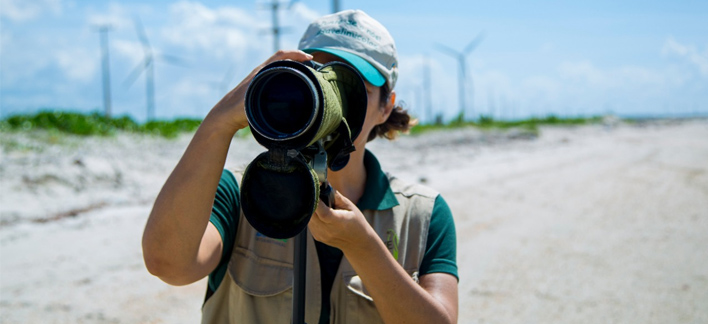
The actions include pilot projects to apply the methodology with hydroelectric companies and Termopernambuco, thus reinforcing the company's commitment to the issue of biodiversity and to the preservation of natural resources.
Neoenergia's environmental practices
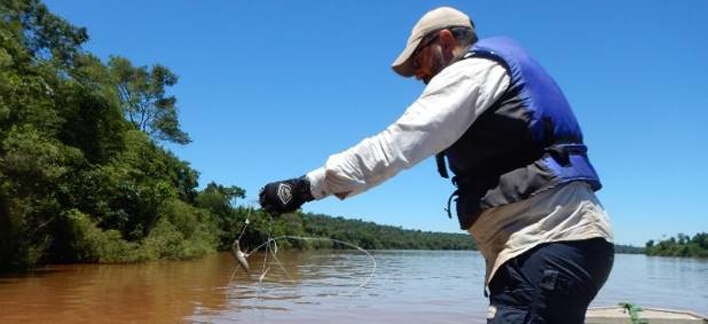
The Baixo Iguaçu UHE team, in the development of its environmental programs, is using technology for the conservation of endemic species in the region, in this case the fish popularly known as Surubim-do-Iguaçu (Steindachneridion melanodermatum), through the capture of fish, marking with combined telemetry transmitters and monitoring the movement habits of the species, installing fixed and mobile monitoring bases along the hydrographic basin.

So far, biologists have tagged 50 individuals, who have already begun to provide relevant information related to the migratory behavior of the species in the study region. The Program will provide relevant information that can be used to guide specific projects for the conservation of Surubim-do-Iguaçu, which is currently classified as “Endangered” in the Ministry of the Environment's List of Threatened Species.
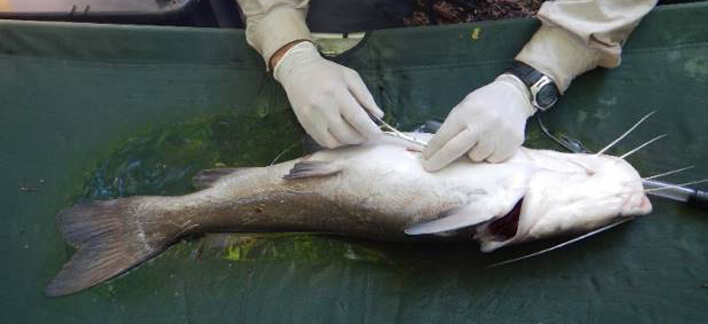
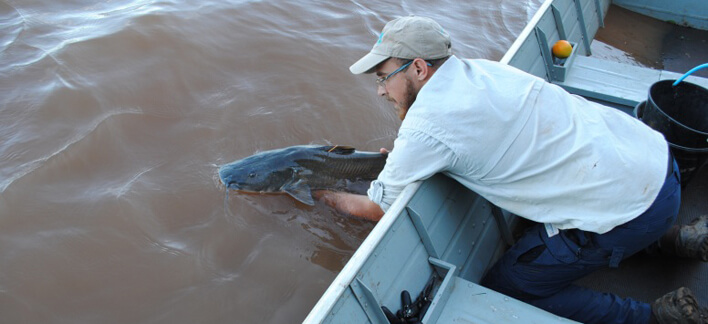

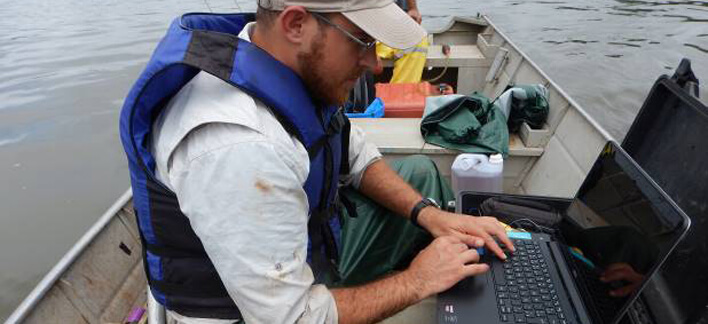
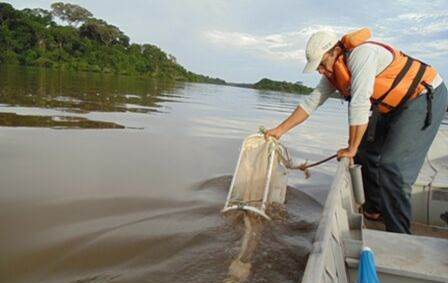
In order to know the importance of the Teles Pires tributary rivers for the reproduction of species, biologists from the Teles Pires Hydroelectric Power Plant, a Neoenergy enterprise, collect fish eggs and larvae to identify species and spawn sites. The samples are collected in the Teles Pires rivers (free stretch and reservoir), Paranaíta, Santa Helena, Taxidermist, Cristalino and Peixoto de Azevedo rivers.

The samples collected are studied in the laboratory for screening and genetic identification to confirm the species. During the Piracemas 2015/2016 and 2016/2017, a total of 7726 eggs and 12355 larvae from 52 species of fish were registered, 12 of which were considered migratory. The results of this initiative will help in the creation of strategies to maintain ecological balance.

Brycon falcatus
The program aims to understand the population structures of species and to identify patterns in the distribution of genetic variability over geographical distances. The study will help to determine the need for the adoption, in the future, of mitigation measures aimed at ichthyofauna.
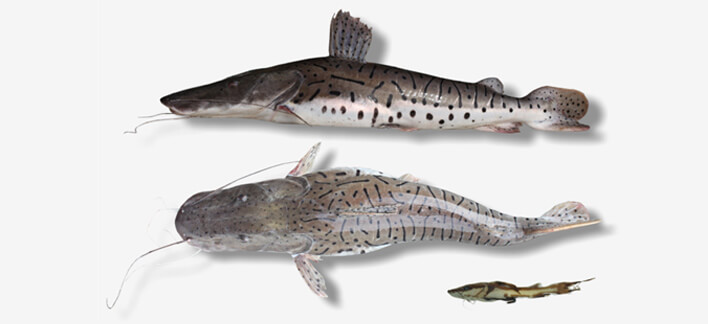
The following target species are part of the program: Matrinchã (Brycon falcatus), Jaú (Zungaro zungaro), Cachara (Pseudoplatystoma punctifer), Curimba (Prochilodus nigricans) and Piraíba (Brachyplatystoma filamentosum). All samples have already been collected and analyses are ongoing.
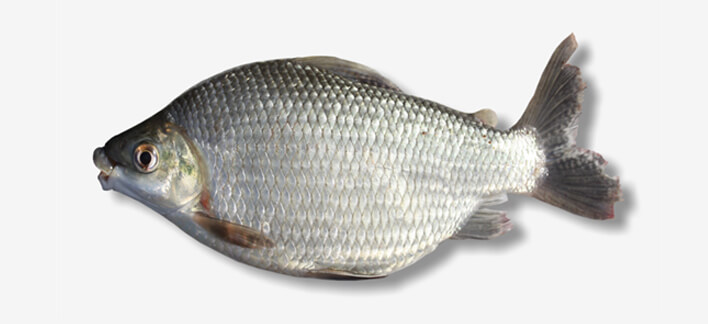
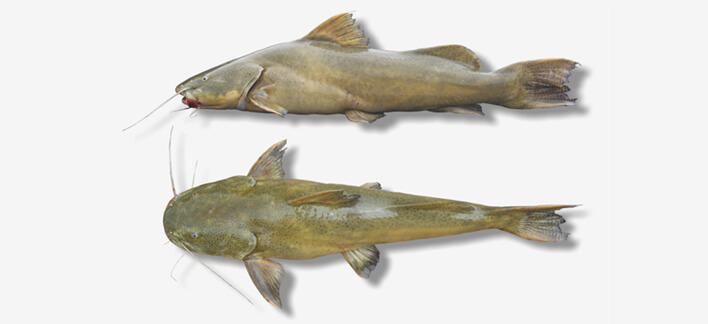
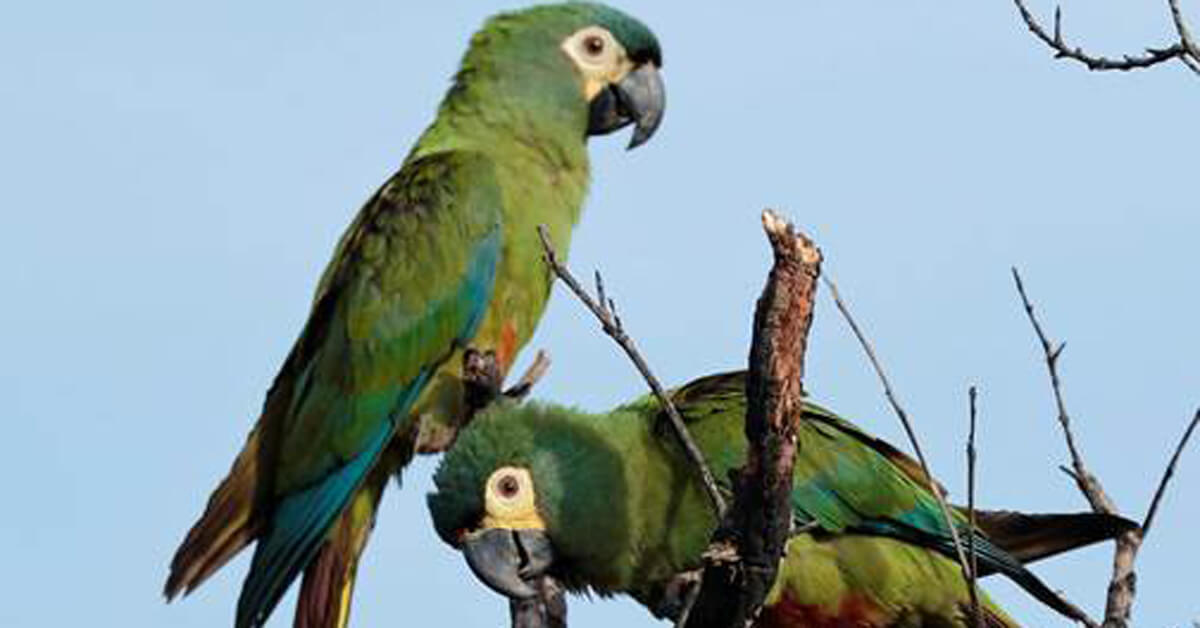
The region surrounding the Baixo Iguaçu UHE has a high wealth of avifauna. During the monitoring work related to the licensing of the project, more than 200 bird species have already been registered, according to data collected by field teams. With each monitoring campaign, new species are registered, indicating that the increase in sampling effort will result in an increase in the list of Avifauna records for the region surrounding the enterprise.
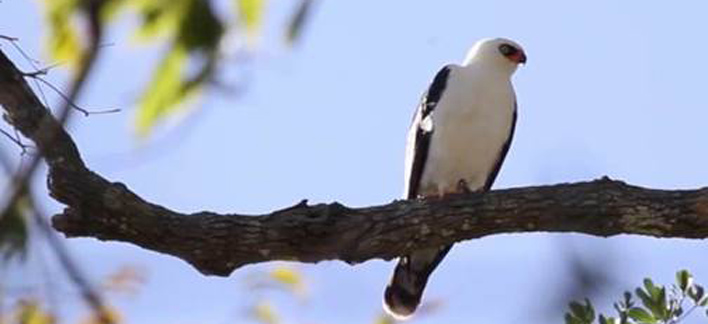
The biologist teams from the Baixo Iguaçu UHE registered two endangered species on the list of the state of Paraná, namely: Spizaetus melanoleucus (duck gabião) categorized as “Endangered” from extinction and Primolius maracana (maracanã) also categorized as “Endangered” from extinction on the regional list and categorized as “Near Threatened” on the national and global list. In the future, this information may help define the best conservation strategies for the identified species.
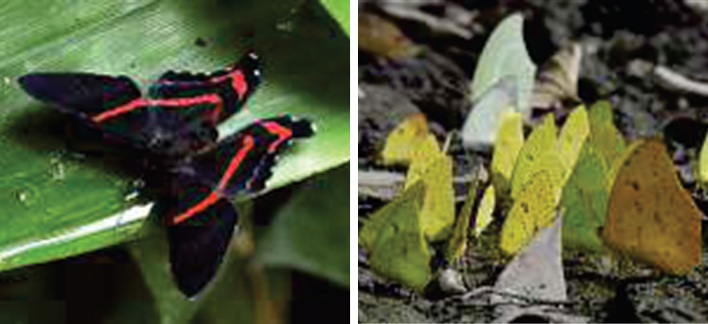
The monitoring of Entomofauna — the totality of insects in a region — is developed by the team of biologists from the Teles Pires Hydroelectric Power Plant and can verify during the study that there was no record of endemic species in the analyzed region. However, a difference was noted between the composition of the species observed in the different phases of the enterprise. This monitoring provides important information and helps plant teams to make the best decisions.
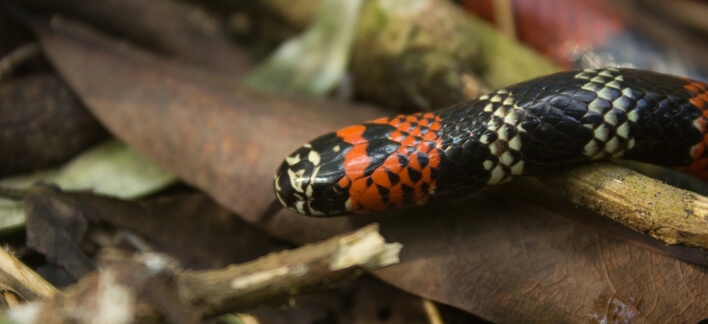
Herpetofauna is a group that includes reptiles and amphibians, and its communities have been monitored by the team of Biologists from the Baixo Iguaçu UHE in order to verify possible changes in the composition of the species in the area influenced by the enterprise.
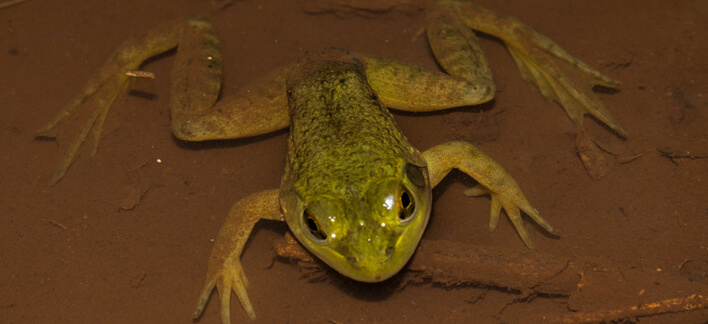
Lithobates catesbeianus
The Baixo Iguaçu UHE team monitors the species with the aid of methodologies using interception and fall traps (Pitffals Trap) and also with direct observations (active and auditory search from the songs of the frogs). The captured animals receive a marking that allows biologists to better understand the dynamics of the populations that inhabit the environment of the enterprise. After marking, the animals undergo a measurement and photographic recording procedure before being returned to nature. In the future, this information may help define the best conservation strategies for the identified species.
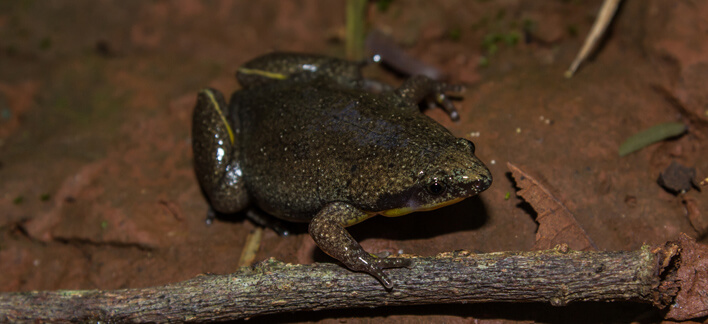
Boana faber

Camera traps were installed near the burrows and environments used by the animals in the area of direct and indirect influence of the enterprise, which made it possible to record and monitor the populations of Lontra (Lontra longicaudis).
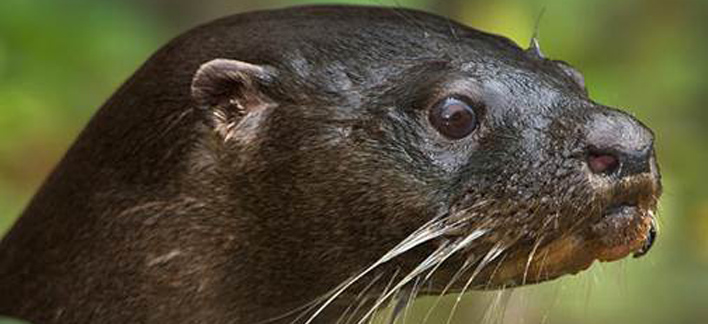
This action reinforces the commitment of the Neonergia Group to the conservation of biodiversity and to the mitigation of the environmental impacts of its facilities.
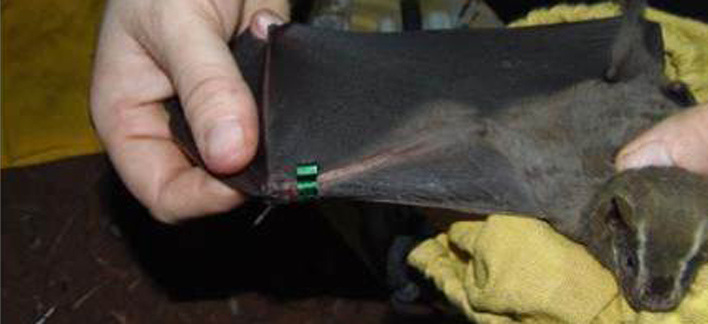
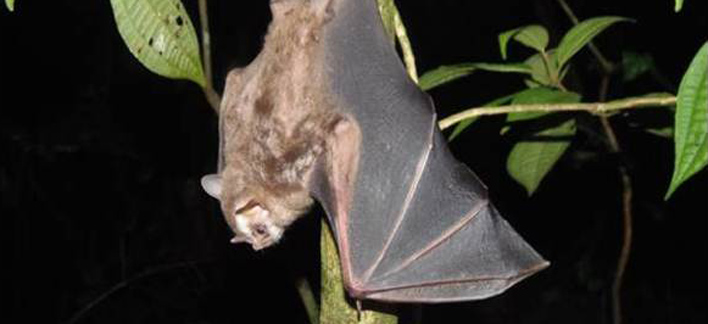
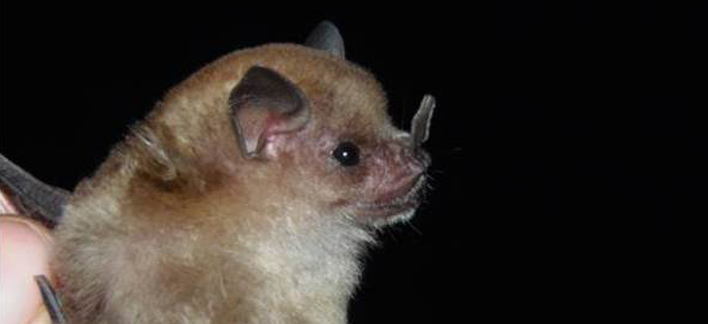
Sturnira lilium

To minimize the impacts of the implementation of the project, the Baixo Iguaçu Hydroelectric Power Plant (UHE) mobilized a team of biologists and veterinarians to carry out activities to scare away and rescue wildlife in areas subject to plant suppression, an activity related to the environmental licensing of the project.
Field teams are advised to avoid direct contact with animals whenever possible, reducing handling stress. When necessary, the team, which has authorization from the environmental agency for the activity, captures and, if necessary, provides emergency assistance to animals that may be injured during the activities.
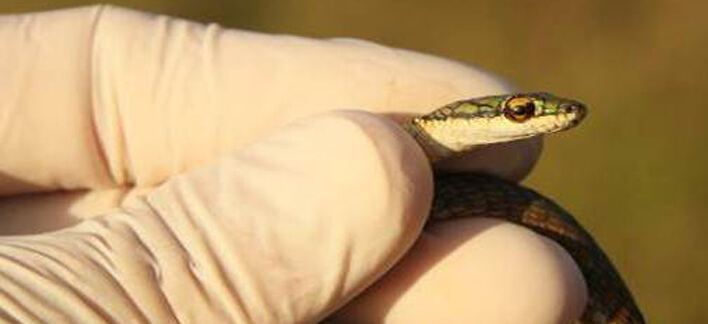
The animals are treated and rehabilitated for subsequent release in an area that will not be suppressed, that is, outside the flooded area. For individuals who eventually die, procedures are carried out for the conservation, attachment, and disposal of scientific collections, thus contributing to the development of studies at partner institutions.
The pollination service provided by bees was recognized, both in the agricultural sphere and for the maintenance of biodiversity, by the Convention on Biological Diversity (CBD), which is directly linked to the United Nations and is one of the most important international instruments related to the environment.
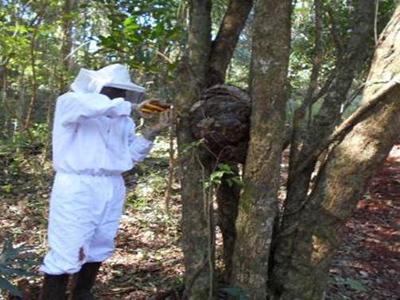
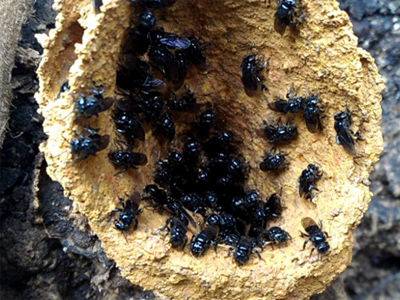
The team of Biologists from the Baixo Iguaçu UHE relocated swarms of native bee species that were identified during the rescue and removal of fauna in the areas targeted for suppression, this activity aims to minimize the impacts of the implementation of the project on Biodiversity.
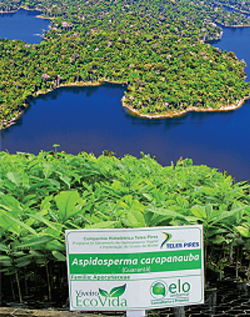
The Teles Pires plant expects the recovery of approximately 4 thousand hectares, including areas of the reservoir and the areas of the former construction site that are currently in the process of regeneration and with full growth of the seedlings planted in the region.
The Permanent Preservation Area Implementation Program is responsible for ensuring that reforested areas are able to establish themselves as new forests protected from cattle trampling, invasion, and illegal deforestation.
Within this methodology for the recovery of areas surrounding the Teles Pires UHE, seedlings of native species are being planted, which are produced at the Eco Vida Nursery, as part of the Plant Germplasm Rescue and Implementation Program of the Seedling Nursery, which estimates to produce more than 3 million seedlings by the end of the recomposition of the area surrounding the reservoir.

During the Primate Monitoring Campaigns, 11 species were identified in the region surrounding the Teles Pires Hydroelectric Power Plant, a project of the Neoenergia Group:
- Red-handed Warbler (Alouatia discolor)
- Purus river gecko (Alouatta puruensis)
- Night monkey (Aotus azarae)
- Black-faced Coat (Ateles chamek)
- White-faced Coat (Ateles marginatus)
- Zoguezogue (Plecturocebus moloch)
- Zoguezogue (Plecturocebus grovesi)
- White-nosed Cuckoo (Chiropotes albinasus)
- Mico (Mico Emiliae)
- Mico (Mico sp.)
- Black monkey (Sapajus apela)
With the monitoring results, a new species was described for science: named Plecturocebus grovesi, after British professor Colin Groves. Zoguezogue was described with the participation of several national and international institutions.
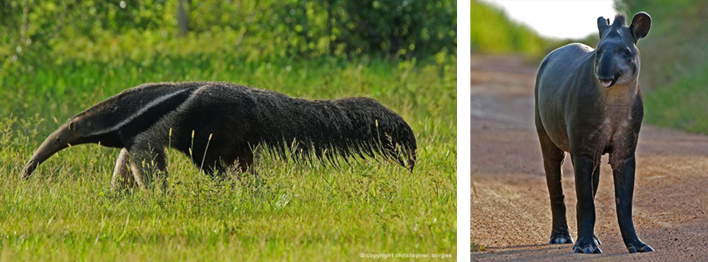
In order to monitor small, medium and large mammals, possible changes in the communities of these animals were evaluated before, during and after the installation of the Teles Pires Hydroelectric Power Plant, a project of the Neoenergia Group.
After 19 monitoring campaigns, 23 small species (rodents and marsupials) and 35 medium and large species were registered.
Of this total, 11 species are on the endangered fauna list, especially: Myrmecophaga tridactyla (giant anteater), Panthera onca (jaguar), Priodontes maximus (tatoo canastra) and Speothos venaticus (vinegar dog).
It should be noted that none of the large groups of terrestrial mammals suffered a significant impact with the installation of the plant, and important species were registered after the formation of the reservoir.
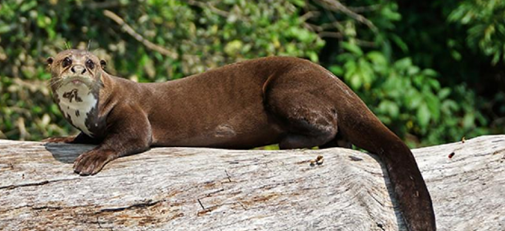
The teams from the Teles Pires Hydroelectric Power Plant, an enterprise of the Neoenergia Group, through Semiaquatic Mammal Monitoring campaigns (otters and squirrels), were able to identify that the stretch with the highest concentration of records for both species comprises the stretch from the White Cow to the Devil's Throat, a region little affected by the alteration of the water flow with the formation of the Teles Pires HPP reservoir.
The large extension of the reservoir and the various preserved environments contribute to the establishment of these species.
One of the most important points of these campaigns was the return of squirrels to the reservoir area, as it will enable direct analysis of the influence of environmental change on the distribution and behavior of these animals.
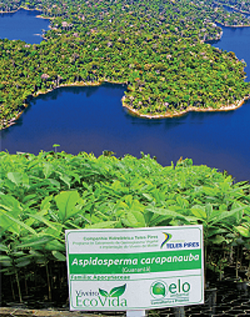
The Teles Pires plant expects the recovery of approximately 4 thousand hectares, including areas of the reservoir and the areas of the former construction site that are currently in the process of regeneration and with full growth of the seedlings planted in the region.
The Permanent Preservation Area Implementation Program is responsible for ensuring that reforested areas are able to establish themselves as new forests protected from cattle trampling, invasion, and illegal deforestation.
Within this methodology for the recovery of areas surrounding the Teles Pires UHE, seedlings of native species are being planted, which are produced at the Eco Vida Nursery, as part of the Plant Germplasm Rescue and Implementation Program of the Seedling Nursery, which estimates to produce more than 3 million seedlings by the end of the recomposition of the area surrounding the reservoir.
Research funding is aligned with the company's ESG (environmental, social and governance) practices and the commitment to sustainable development in all its areas of activity. “Restoration programs are seen as the hope for combating climate change and improving the functionality of ecosystems. These are objectives aligned with our ESG practices and our Biodiversity Policy. Most of our 47 wind farms under operation and construction are in Caatinga regions and we understand that the restoration process has positive results both for the biome and for our business,” says Diogo Mariga, superintendent of Operation and Maintenance (O&M) of Renewables at Neoenergia.
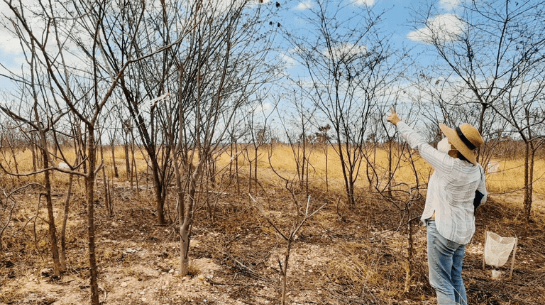
Restoration of the Caatinga, with support from Neoenergia
The restoration project is part of BrazilDRY, an experiment initiated in 2016 by researchers from the Federal University of Rio Grande do Norte (UFRN). In addition, it is part of an international network, TreeDiv, aimed at testing how the diversity and composition of species can regulate the functioning of ecosystems.
Brazilian research led to the development of a 1-meter-long root planting technique, which increased transplant survival by 75%. With the support of Neoenergia, 1,030 seedlings were planted in November 2021 as a replacement for this study, as well as 970 seedlings in December, another test initiated to analyze techniques for manipulating soil cover using facilitating herbaceous plants and for the inoculation of arbuscular mycorrhizal fungi. One month after planting, the transplants are adapted to the region and the results of the new research will be monitored in the first half of 2022.
The researchers also collected samples and requested chemical analyses of the soil from the region of the experiment, with the objective of relating soil fertility and salinity to the survival of the transplants. The purpose is to understand the most effective ways to restore the caatinga. The biome is present in nine states — Piauí, Ceará, Rio Grande do Norte, Paraíba, Pernambuco, Alagoas, Sergipe, Bahia, Minas Gerais — with 932 plant species.
Neoenergia also promoted, in partnership with the Caatinga Association, an online Caatinga Restoration course, with the participation of teachers and researchers from UFRN, who provided the most advanced knowledge and modern tools for managers in the region. The training addressed topics such as adequate planting, the best species, and priority areas for the conservation and restoration of the caatinga. More than 90 federal, state, and municipal public managers and decision makers were trained.
News
2025-12-01
Exclusivo a mulheres negras, Prêmio Inspirar 2025, do Instituto Neoenergia, anuncia vencedoras em quatro estados e no DF
2025-11-27
Neoenergia e Honda se unem para acelerar uso do hidrogênio verde na mobilidade brasileira
2025-11-25
Instituto Neoenergia leva Programa de Iluminação Cultural ao Museu Histórico Lauro da Escóssia
2025-11-24
Instituto Neoenergia anuncia as vencedoras do Prêmio Inspirar 2025
2025-11-21

